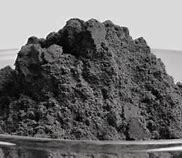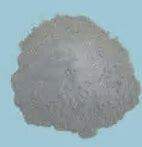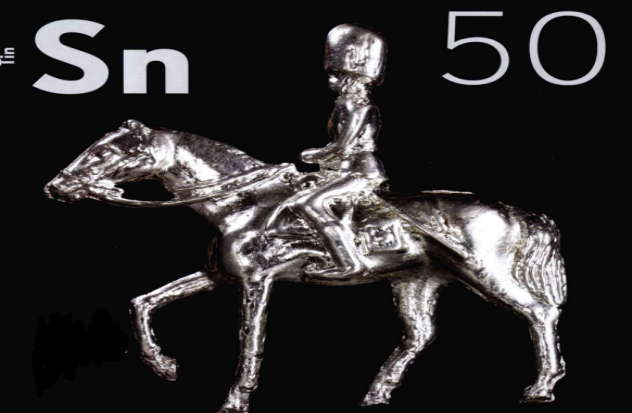1. Introduction
Ever wondered what gives high-performance jet engines, medical implants, and cutting-edge 3D-printed parts their strength-to-weight advantage? The answer often lies in titanium powder. Lightweight yet incredibly strong, corrosion-resistant, and biocompatible, titanium in powder form unlocks possibilities that solid titanium simply can’t match. From aerospace to additive manufacturing, titanium powder—also commonly called Ti powder—is reshaping modern engineering.

But with so many variants like pure titanium powder, Ti6Al4V powder (also known as Ti64 powder), and specialty forms like titanium nitride or titanium carbide powder, it’s easy to get overwhelmed. Add in questions about titanium powder price per kg, where to buy titanium powder, or how it compares to other metal powders like molybdenum or tungsten, and things get even more complex. Let’s break it all down.
2. What Is Titanium Powder?
Titanium powder is a fine particulate form of titanium metal or its compounds. It can be produced in various morphologies—spherical, irregular, or angular—and purity levels depending on the manufacturing method. Common production techniques include gas atomization, plasma atomization, and the HDH (Hydride-Dehydride) process. Gas atomized titanium powder is especially prized for 3D printing due to its spherical shape and flowability.
While pure titanium powder is used in some applications, most industrial uses rely on titanium alloy powder, particularly Ti6Al4V (Ti64), which offers enhanced mechanical properties. Other specialized powders include titanium diboride (TiB2) powder, titanium boride powder, and even reactive forms like titanium flash powder or TiH2 powder (titanium hydride).
3. Key Types and Variants
Not all titanium powders are created equal. Here’s a quick look at the most common types:

- Pure titanium powder: Used in chemical processing and some biomedical applications.
- Ti6Al4V powder (Ti64 powder): The most widely used titanium alloy powder, ideal for aerospace and medical 3D printing.
- Spherical titanium powder: Essential for smooth powder flow in additive manufacturing systems.
- HDH titanium powder: Irregular-shaped, cost-effective, often used in pressing and sintering.
- Titanium nitride powder and titanium carbide powder: Hard, wear-resistant ceramics used in coatings and cutting tools.
- TiO2 powder (titanium dioxide powder) and TiO2 nano powder: Not metallic—used in sunscreens, paints, and food (though unrelated to structural titanium powder).
- Titanium nanopowder and burnt titanium powder coat: Niche forms for research or surface treatments.
Note: Titanium dust is a safety concern—fine titanium powder can be pyrophoric (ignite spontaneously in air), so proper handling is critical.
4. Titanium Powder Uses
The applications of titanium powder are as diverse as they are advanced. In additive manufacturing (also called titanium powder additive manufacturing), it’s the go-to material for creating complex, lightweight components in aerospace, defense, and healthcare. Titanium 3D printing powder enables custom orthopedic implants that integrate seamlessly with human bone.
Beyond 3D printing, titanium powder is used in:
- Powder metallurgy for automotive and industrial parts
- Metal injection molding (MIM)
- Thermal spray coatings (e.g., titanium coated diamond powder for abrasion resistance)
- Pyrotechnics (titanium flash powder creates bright white sparks)
- Catalysts and chemical synthesis

Meanwhile, Ti6Al4V powder price and titanium powder for 3D printing price remain key considerations for manufacturers due to the high cost of raw materials and processing.
5. Pricing and Sourcing
So, how much does titanium powder cost? Titanium powder price per kg varies widely based on type, purity, particle size, and production method. Pure titanium powder might start around $100–$200/kg, while high-quality spherical Ti6Al4V powder for 3D printing can exceed $400–$600/kg. Factors like global supply chains and energy-intensive production contribute to the titanium metal powder price.
When you’re ready to buy titanium powder, it’s essential to work with a reputable titanium powder supplier. Look for certifications (like ASTM or ISO), consistent particle size distribution, and low oxygen content—especially for 3D printing applications. International titanium powder markets are dominated by specialized producers in the U.S., Europe, and Asia.
6. How Titanium Powder Compares to Molybdenum and Tungsten Powders
While titanium powder excels in strength-to-weight ratio and biocompatibility, other refractory metal powders serve different niches. Molybdenum powder (or moly powder) and tungsten powder are denser, with higher melting points—ideal for high-temperature applications like furnace components or radiation shielding.
Molybdenum disulfide powder (MoS2 powder), often called dry moly powder, is a solid lubricant, while molybdenum carbide and molybdenum disilicide powders are used in wear-resistant coatings. Similarly, tungsten carbide powder and spherical tungsten powder are staples in cutting tools and kinetic penetrators. Global Tungsten & Powders Corporation and other tungsten powder suppliers cater to these high-wear industries.
Unlike titanium, tungsten powder density is extremely high (~19.3 g/cm³), making it useful for counterweights and military applications. However, it’s far heavier than titanium—so the choice depends entirely on the application’s requirements.
7. Conclusion
Titanium powder is far more than just ground-up metal—it’s a gateway to innovation in aerospace, medicine, and advanced manufacturing. Whether you’re exploring titanium powder for 3D printing, comparing titanium powder price per kg across suppliers, or evaluating alternatives like molybdenum or tungsten powders, understanding the nuances of form, function, and cost is essential. As additive manufacturing grows, so too will the demand for high-performance titanium alloy powder—making it one of the most strategic materials of the 21st century.
Our Website founded on October 17, 2012, is a high-tech enterprise committed to the research and development, production, processing, sales and technical services of ceramic relative materials such as What. Our products includes but not limited to Boron Carbide Ceramic Products, Boron Nitride Ceramic Products, Silicon Carbide Ceramic Products, Silicon Nitride Ceramic Products, Zirconium Dioxide Ceramic Products, etc. If you are interested, please feel free to contact us.
